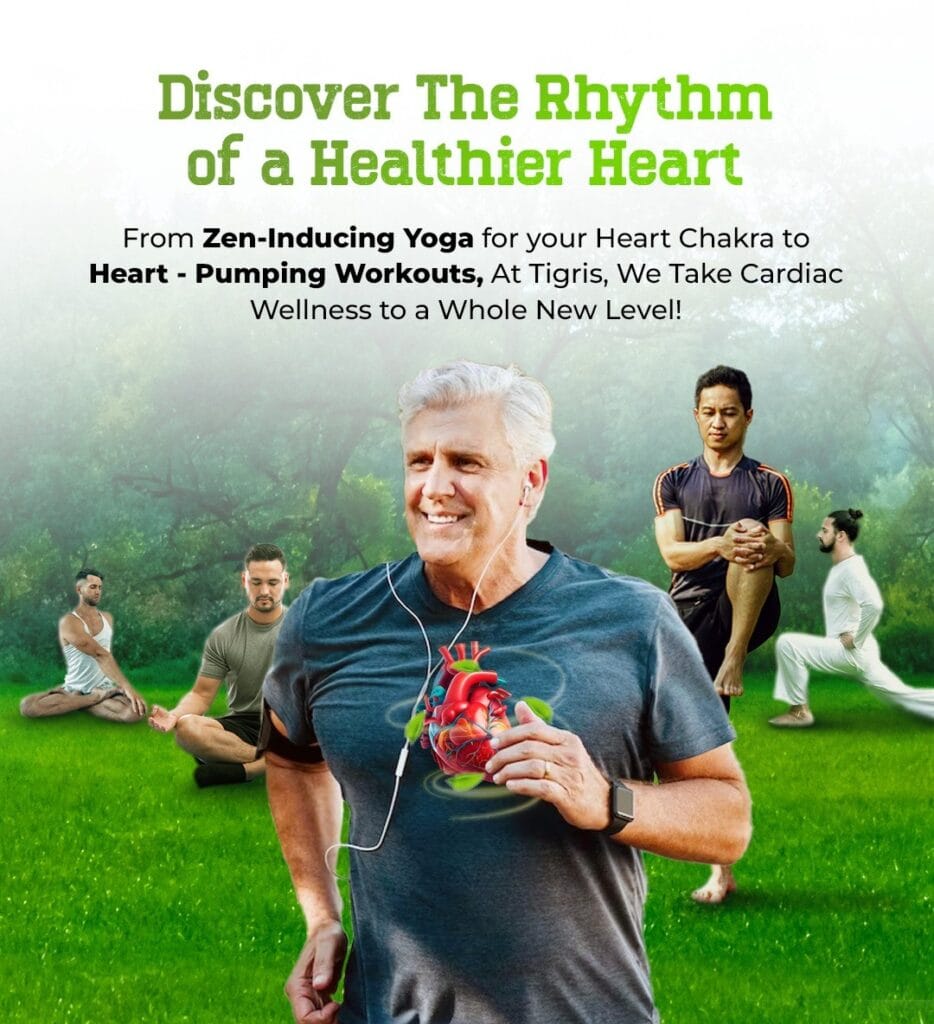
Cardiac rehabilitation stands as a beacon of hope for individuals navigating the intricate pathways of heart health. India’s best ayurvedic wellness centers emerge as sanctuaries of healing, offering a unique blend of traditional wisdom and modern practices. Let’s delve into the phases, benefits, and exercises integral to cardiac rehabilitation programme in these holistic havens.
Cardiac rehabilitation is a comprehensive program tailored to individuals recovering from heart-related ailments or procedures. It encompasses various phases designed to enhance physical strength, improve cardiovascular health, and foster emotional well-being.
1. Phase I: Initial Assessment and Stabilization: This phase begins with a thorough assessment of the patient’s medical history, current condition, and risk factors. It focuses on stabilizing the patient post-surgery or cardiac event and initiating gentle movements to prevent complications.
2. Phase II: Supervised Exercise and Education: In this phase, patients participate in structured exercise sessions under the guidance of healthcare professionals. They receive education on heart-healthy lifestyle choices, nutrition, stress management, and medication management.
3. Phase III: Transition to Independent Maintenance: As patients progress, they transition to less supervised exercise sessions while continuing to adhere to a heart-healthy lifestyle. They receive ongoing support and guidance to maintain their progress and prevent relapse.
– Improved Cardiovascular Health: Regular exercise and lifestyle modifications prescribed in cardiac rehab programs lead to improved heart function, reduced blood pressure, and better cholesterol levels.
– Enhanced Quality of Life: Through physical activity, patients experience increased energy levels, reduced symptoms of anxiety and depression, and improved overall well-being.
– Reduced Risk of Future Cardiac Events: Cardiac rehab equips patients with the knowledge and skills to manage their condition effectively, lowering the risk of future heart-related complications.
– Social Support and Encouragement: Participating in a cardiac rehab program fosters a sense of community and support among patients, promoting motivation and adherence to treatment plans.

– Aerobic Exercise: Walking, cycling, swimming, and low-impact aerobics are examples of aerobic exercises incorporated into cardiac rehab programs. These activities strengthen the heart and improve endurance.
– Strength Training: Resistance exercises using light weights or resistance bands help build muscle strength, which supports overall cardiovascular health and enhances functional capacity.
– Flexibility and Balance Exercises: Stretching exercises improve flexibility and range of motion, while balance exercises reduce the risk of falls and injuries, particularly in older adults.
Wellness hospitals across the country have embraced the principles of holistic healing to redefine cardiac rehabilitation. Combining ancient Ayurvedic therapies with modern medical practices, these centers offer personalized treatment plans that address the root causes of heart disease and promote long-term wellness.
Cardiac rehabilitation is not just a program; it’s a journey of healing and transformation. Ayurveda offers a unique perspective, blending ancient wisdom with modern approaches to provide holistic healing. A cardiac rehabilitation program rooted in Ayurvedic principles integrates specialized therapies and lifestyle modifications to restore balance and vitality. At a renowned Ayurvedic rehabilitation center in Kerala, individuals embark on a transformative journey towards heart health, offering personalized care. Through a comprehensive cardiac rehab program, encompassing dietary adjustments, herbal remedies, therapeutic massages, and mindfulness practices, patients undergo profound healing at both the physical and emotional levels. This synergy not only facilitates recovery from cardiac issues but also empowers individuals to cultivate lifelong habits that promote overall well-being.